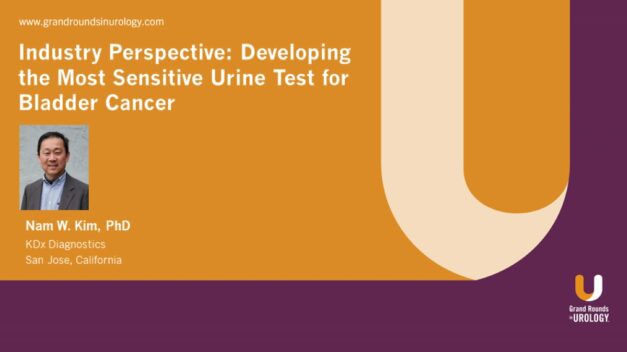Representative Murphy’s Vision for Medical Reform
Congressman Gregory F. Murphy, MD, a practicing urologist and the Representative from North Carolina’s 3rd District, shares his vision for medical reform to help cut costs, ensure appropriate physician reimbursement, and improve care with E. David Crawford, MD, Editor-in-Chief of Grand Rounds in Urology and Professor of Urology at the University of California, San Diego. Dr. Crawford congratulates Rep. Murphy on his recent assignment to the House Ways and Means Committee, where his position on the Subcommittee on Health will allow him to help set the agenda on medical reform. Dr. Murphy lists the top issues he feels need to be addressed to move medicine forward, including cutting regulation, increasing predictability in what doctors are going to get paid, and improving the accessibility of healthcare to the average American. Dr. Crawford and Rep. Murphy elaborate on these topics, first commenting on the rise of middlemen in healthcare, and discussing how this can limit doctors’ ability to make the correct choices for their patients. They then consider causes and potential solutions to high prices, from getting rid of direct-to-consumer advertising of pharmaceuticals to having doctors take the lead on cutting costs by choosing more inexpensive treatments and reducing waste. Rep. Murphy also comments on the current status of the No Surprises Act, which is intended to end high out-of-network medical bills. Dr. Crawford and Rep. Murphy conclude with a brief discussion of the VA.
Read More
